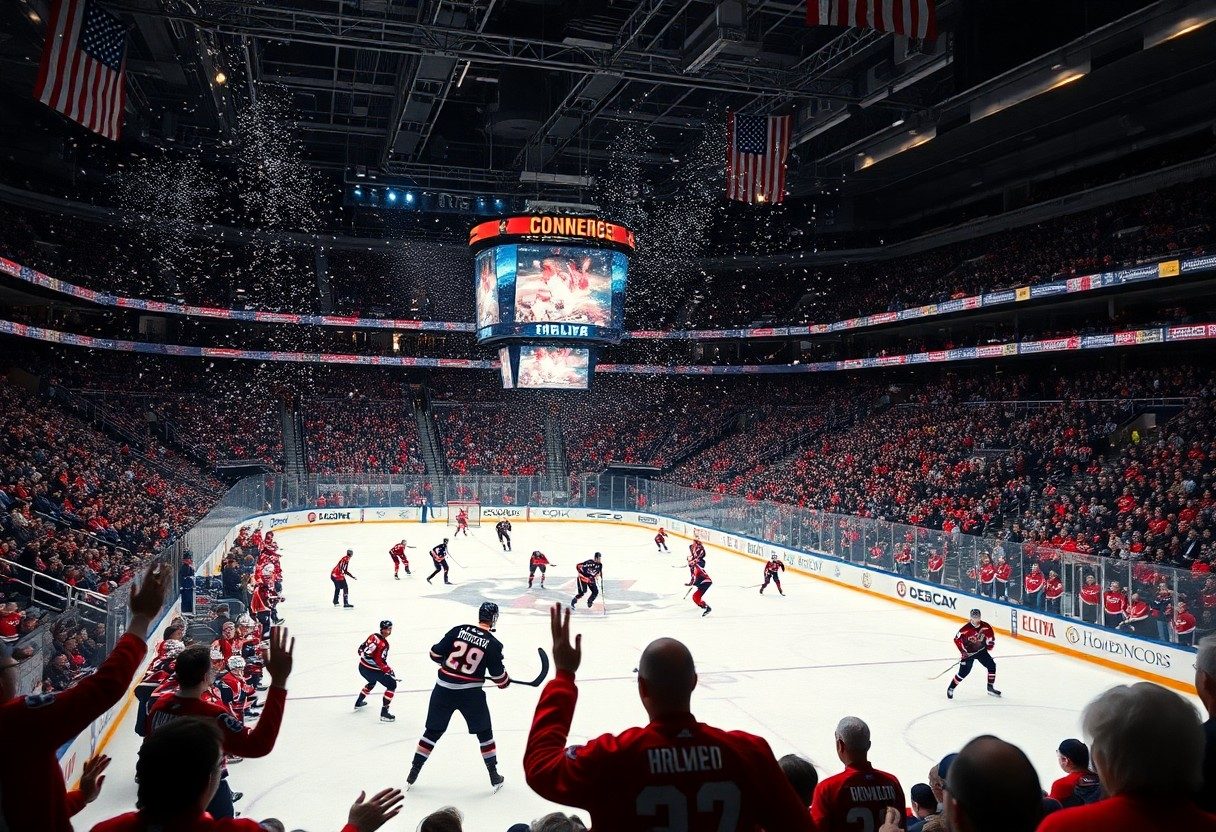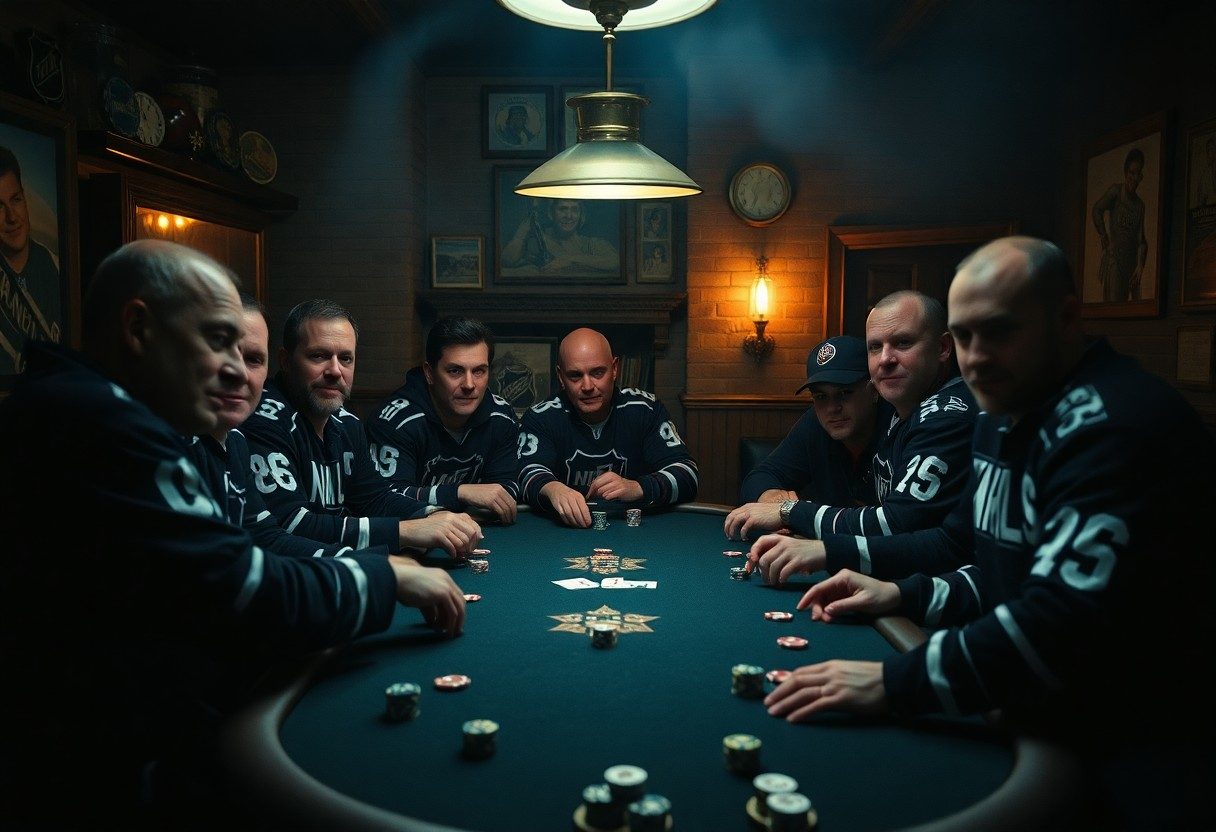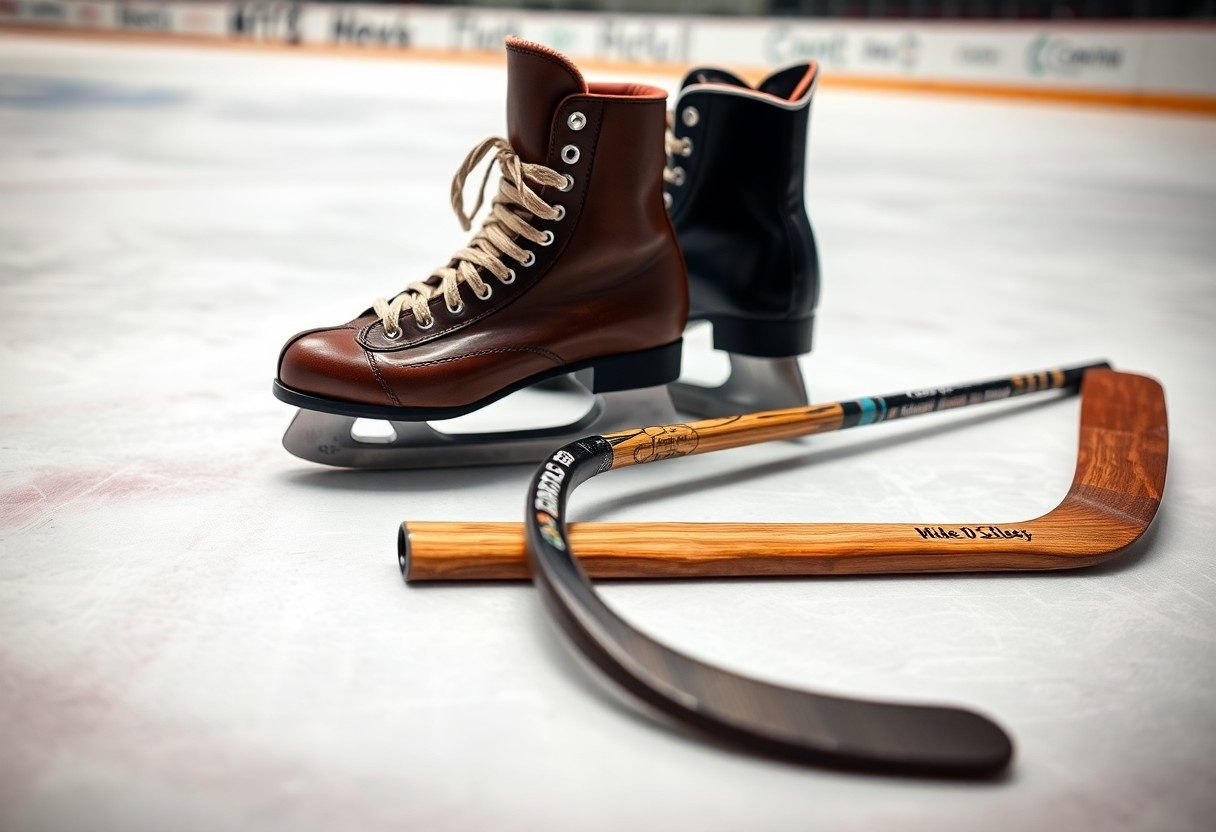With a rich history that dates back centuries, ice hockey has transformed from a simple game played on frozen ponds into a global phenomenon enjoyed by millions. As you explore the journey of this dynamic sport, you’ll discover how its rules, gameplay, and culture have evolved alongside advances in technology and international influence. Understanding this evolution not only enhances your appreciation of the game today but also connects you to its vibrant heritage and the passionate community it has created worldwide.
Historical Origins
Before ice hockey became the fast-paced sport you enjoy today, its roots can be traced back to ancient games played on frozen surfaces. Early forms of multi-player games, utilizing sticks and balls, emerged in various cultures, particularly among indigenous peoples in North America and Europe. These games laid the foundation for what would eventually evolve into the organized sport of ice hockey.
The Birth of Ice Hockey
At the dawn of the 19th century, the modern version of ice hockey was born in Canada. Players in Nova Scotia and Ontario began adopting an organized format, using a puck instead of a ball, and establishing rules that set the stage for the sport’s future. This shift marked the transition from a casual pastime to a structured game, paving the way for its rapid growth.
Early Variations of the Game
Among the most notable early variations of ice hockey were games like shinny and hurling, played on makeshift rinks and frozen lakes. These informal gatherings often had fluid rules and diverse gameplay styles, showcasing regional creativity and adaptability. Each local adaptation contributed to the development of the game as it spread across different communities.
Plus, these early variations often featured unique characteristics, such as the number of players involved, the equipment used, and the rules governing play. In some regions, players used heavier pucks or balls and adapted their techniques to suit the ice conditions. By engaging in these community-centric games, players not only embraced their environment but also nurtured a sense of camaraderie that would become an important aspect of ice hockey culture as it evolved.
The Growth of Organized Play
Clearly, the rise of organized ice hockey marked a significant turning point in the sport’s history. As communities embraced this exhilarating game, leagues began to form, providing a structured platform for players to showcase their skills. The standardization of rules and the establishment of competitive play allowed ice hockey to flourish, transcending local passion and paving the way for a vibrant culture surrounding the sport.
Formation of Leagues
Leagues were crucial in bringing structure to the chaotic, informal matches held on frozen ponds. The first notable hockey league, the Amateur Hockey Association of Canada, set the stage for future competitions. As more leagues emerged, including the National Hockey Association, the foundation was laid for a professional hockey landscape that you now recognize today. These leagues provided a sense of belonging for players and fans and introduced a competitive spirit that energized the game.
The Impact of the Stanley Cup
For many, the Stanley Cup represents the pinnacle of achievement in ice hockey, igniting fierce passion among players and fans alike. Its creation in 1893 became a symbol of excellence and competition, inspiring teams to strive for greatness. The Cup’s prestigious legacy has not only elevated the sport but also united countless fans worldwide in celebration of hockey’s finest moments.
To fully appreciate the impact of the Stanley Cup, consider its role as a measuring stick for success in the sport. The annual quest for this coveted trophy fuels rivalries, enhances storytelling, and draws global attention to the game. The emotional stakes of competing for the Cup propel players to extraordinary feats while creating unforgettable memories for you as a fan. Each season culminates in a dramatic display of skill and determination, reaffirming ice hockey’s status as a beloved global sport.
Technological Advancements
Any discussion of ice hockey’s evolution must highlight the remarkable technological advancements that have transformed the sport. From the introduction of synthetic ice surfaces to the implementation of performance analytics, technology has enhanced both player performance and fan experience. Innovations such as video review systems ensure fair play, while state-of-the-art training equipment allows athletes to refine their skills like never before.
Equipment Evolution
Any ice hockey player will appreciate how far equipment has come since the game’s inception. Today’s skates, sticks, and protective gear are engineered with advanced materials that enhance performance and safety. You benefit from the lightweight, durable designs that allow for improved speed and agility on the ice while minimizing the risk of injury.
Changes in Ice Rink Design
Evolution in ice rink design has significantly impacted the way you experience the game. Modern arenas feature advanced cooling systems that maintain optimal ice quality, creating a faster and more exciting playing surface. Additionally, amenities like improved seating and viewing areas enhance your viewing experience, making ice hockey more accessible and enjoyable for fans.
To understand the significance of these design changes, consider how they have contributed to player safety and game dynamics. New rink dimensions and layouts accommodate increased speed and skill levels, providing players with more room to maneuver while maintaining competitive play. Enhanced spectator facilities ensure that you, as a fan, can enjoy the atmosphere and excitement of live ice hockey, further solidifying the sport’s place in the entertainment landscape.
The Global Expansion
Not long ago, ice hockey was confined primarily to North America and parts of Europe. Today, the sport has transformed into a global phenomenon, captivating fans and players across various continents. This expansion has been fueled by the sport’s increasing visibility on international platforms, leading to a diverse array of new cultures embracing the game. Your local rink may soon host players from countries you might not associate with ice hockey, reflecting how deeply the love for this sport has penetrated across borders.
International Competitions
Competitions like the IIHF World Championship and the Olympics have played a vital role in promoting ice hockey worldwide. These prestigious events allow nations to showcase their talent, creating fierce rivalries and inspiring younger generations to take up the sport. As you follow these tournaments, you’re not only witnessing top-tier performance but also the essence of unity that ice hockey brings to diverse cultures.
Popularity in Non-Traditional Countries
An increasing number of countries that traditionally have not been associated with ice hockey, such as China and South Korea, are now embracing the game. This trend is evident through rising participation levels, emerging youth leagues, and growing fan bases as these nations invest in their ice hockey infrastructure. You may find that local programs are being established, helping ignite passion for the sport in communities that had little exposure before.
Further, the emergence of ice hockey in non-traditional countries is a fascinating development. Global initiatives, such as grassroots programs and clinics sponsored by international ice hockey organizations, are helping to nurture talent and interest across continents. You’ll see arenas being built in places where the sport was once unheard of, creating pathways for aspiring players and fans alike. This growing enthusiasm not only diversifies the game but also enhances its competitive landscape, making ice hockey a truly universal sport.
The Role of Media and Broadcasting
Many factors contribute to the growth of ice hockey as a global phenomenon, but the role of media and broadcasting stands out as a game changer. From radio broadcasts in the early 20th century to today’s high-definition coverage, media has played an integral role in expanding the sport’s reach. You can witness the excitement of a live match regardless of your location, bringing passionate fans together and igniting interest in new audiences.
Television’s Influence on the Game
The introduction of television transformed ice hockey, bringing it directly into your living room. Major networks began broadcasting games, allowing you to experience the fast-paced action and intricate strategies from home. As viewership grew, so did advertising revenue, leading to increased investment in teams and facilities. This evolution has fostered a larger fan base, inspiring new generations of players and supporters alike.
Social Media and Fan Engagement
Around the world, social media has created unprecedented opportunities for fan engagement in ice hockey. Platforms like Twitter, Instagram, and Facebook allow you to connect with your favorite teams, players, and fellow fans in real-time, creating a vibrant community that deepens your passion for the game.
Televisions have traditionally served as the primary medium for sports, but as social media gained momentum, it amplified fan experiences in ways previously unimagined. You can now share opinions, videos, and live reactions instantly, transforming how the sport is consumed and discussed. This engagement fosters a sense of belonging, making you feel as though you are part of the ice hockey community, whether you are cheering from the stands or from your living room.
Women in Ice Hockey
Unlike the traditional perception of ice hockey as a male-dominated sport, women have made significant strides in the game, carving out their own identities on and off the ice. Today, you can see talented female players competing at high levels, demonstrating skill and athleticism that rivals their male counterparts. As ice hockey continues to evolve, the contributions and successes of women are becoming increasingly recognized and celebrated worldwide.
The Rise of Women’s Leagues
By the late 20th century, women’s ice hockey began gaining traction with the establishment of competitive leagues. During this time, you witnessed the formation of organizations, like the Women’s National Hockey League (WNHL) and the Canadian Women’s Hockey League (CWHL), which provided female athletes with dedicated platforms to showcase their talent. This surge in women’s leagues has empowered many young girls to pursue their passion for the sport, fostering a new generation of players.
Gender Equality in the Sport
Around the world, gender equality in ice hockey is an ongoing pursuit, with passionate advocates pushing for equal opportunities, resources, and recognition for women in the sport. You can observe progress with increased media coverage, sponsorships, and better funding for women’s teams, reflecting society’s broader commitment to equality and representation. This movement is vital not only for fair play but also for inspiring future generations to break barriers and excel in all aspects of ice hockey.
Women’s participation in ice hockey is growing, leading to larger conversations about equality within the sport. As more women take to the ice, you’re likely to see changes in tournament formats, sponsorship deals, and resources allocated to women’s teams. These developments help address long-standing disparities and encourage inclusively, promising a brighter future for female athletes. Supporting initiatives that promote women’s hockey can contribute to fostering an environment where all players, regardless of gender, can thrive and achieve their dreams on the ice.
Final Words
The evolution of ice hockey from humble frozen ponds to expansive global arenas showcases your sport’s remarkable journey and growing popularity. As you reflect on how far ice hockey has come, appreciate the blend of tradition and innovation that continues to shape its future. Whether you’re playing on a local rink or watching the NHL, you’re part of a vibrant community that transcends borders, uniting fans and athletes alike. Embrace your role in this dynamic story that celebrates skill, passion, and the enduring spirit of competition.












